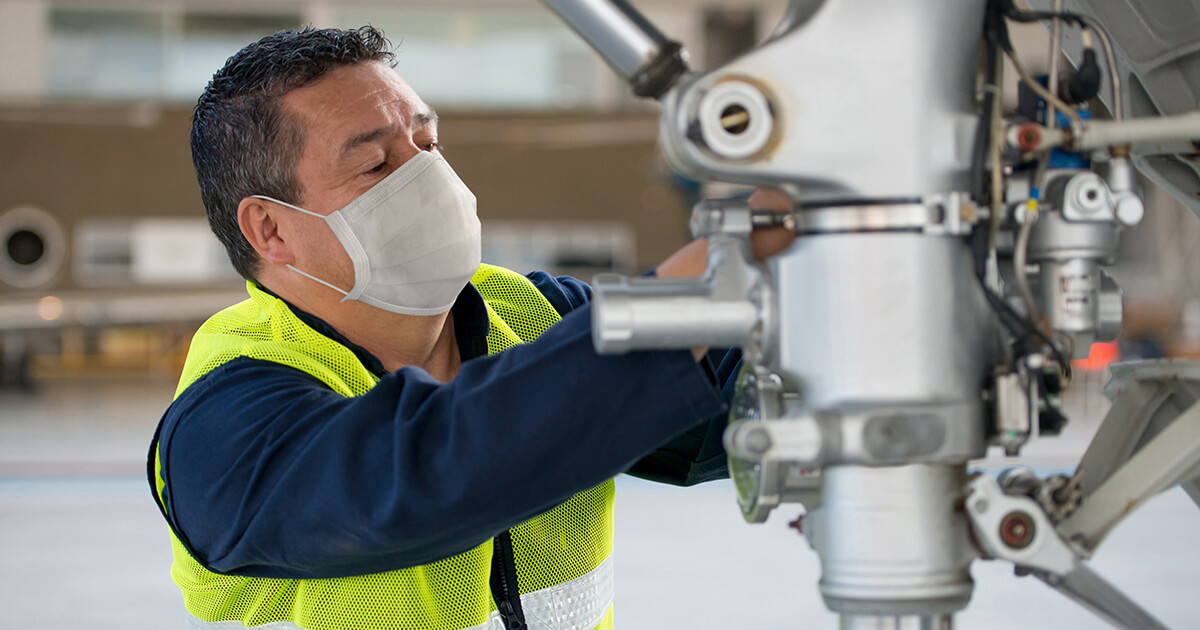
Sept. 2, 2020
The COVID-19 pandemic has required most flight departments to make changes – some of which may be permanent – to their operations, from crew pairings to aircraft cleaning to how car rentals are vetted. For aviation directors and their teams, however, the need to reimagine the value of their flight department with company leadership is possibly one of the most consequential results of the pandemic.
“Things have changed in the aviation community,” said James Lara, principal of Gray Stone Advisors, a speaker on the recent NBAA News Hour webinar that examined the issue of a flight department’s value. “An aviation leader has to understand what the company’s post-COVID organization looks like, and the flight department’s reason for being. Be a fountain of ideas and suggestions.”
Lara encouraged webinar participants to work with their reporting executive and identify any barriers to travel. “Additionally, take a look at your company’s aircraft use policies, because what was appropriate pre-COVID may not be appropriate anymore,” he noted.
Sheryl Barden, president and CEO of Aviation Personnel International, agreed that many flight departments are now often transporting different types of passengers than they were prior to COVID. “Companies need plant inspections, retooling operations and the like,” said Barden. “Different people – not necessarily company executives – are now getting moved by company aircraft because it’s safer than any mode, other than possibly a personal car.”
Barden reminded participants to make sure company leadership understands the value of the flight department in ensuring company continuity. “Make sure that message goes up the chain through at least one channel,” she said.
Business aviation has always been characterized by its resourcefulness and creativity, but the innovation required by the pandemic is a different kind of reimagining, noted moderator Dan Hubbard, NBAA senior vice president, communications. “We need to ensure that people in the company understand the flight department and are aware of its value,” he said. “What is the new normal for a flight department?”
Jay Orwin, director of aviation for MASCO, said his department’s prior good relationship with other departments at the company, as well as his own presence on a company COVID-response task force, was helpful in promoting the advantages of getting back in the air to ensure safe travel and promote company continuity.
The MASCO flight department initiated a well-received “Go Kit” for its passengers, containing such items as hand sanitizer, extra masks and gloves. Several publications, produced with the assistance of the communications department, also contribute to passengers’ feeling of safety. These include a list about what the flight department has done to keep passengers safe; a handbook that details what a passenger can expect prior to, during and after the flight and more.
“We marketed ourselves as an end-to-end transportation solution and took it one step further, addressing safety not just on the trip itself, but from the time a passenger leaves home and arrives back,” said Orwin.


 International Business Aviation Council Ltd.
International Business Aviation Council Ltd.